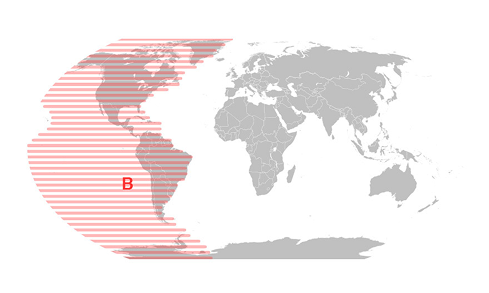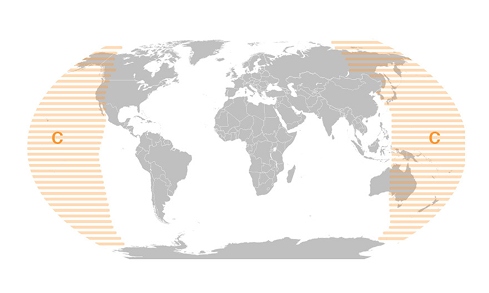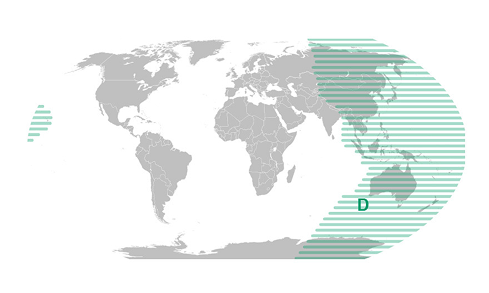Emotional Regulation in Children
A 7-year-old boy is playing baseball. He tries to catch a fly ball but misses. He falls hard and starts to cry. Different parents will have different responses to this child. Some may encourage the child to "shake it off" or "get in control" of the emotions. Others may ignore the feeling or distract the child. Still others may rush in and carry the child off the field for the rest of the game. These varied responses reflect how complex emotional regulation can be, both for children and their caregivers.
Three Steps to Emotional Regulation
Emotions are a complex part of being human. How does it work that we learn to organize and manage our feelings? To answer this question, we need to understand the developmental process that begins in infancy. There are three steps to learning how to manage feelings.
1. When Caregivers Regulate for Us
First, we have caregivers who are willing to help feel emotions for us. As infants, we have strong emotions but our brain and body aren't developed enough yet to make sense of it all. When a baby cries, their heart rate increases, their breathing becomes quicker and their brain releases signals of not being okay. When a caregiver picks up the baby and offers soothing comfort, the baby's heart rate slows to match the caregiver's heart, their breathing slows and deepens with the caregiver and the baby's brain looks for signals from the caregiver's brain that everything will work out okay. The caregiver is essentially emotionally regulating for the baby. As babies grow and develop, this process begins to change.
2. Learning to Co-Regulate
Over time and with many repetitions, the baby's brain and nervous system develop enough to emotionally regulate with the caregiver. An 8-month-old baby may take a deeper breath as their caregiver comes closer. By the time the caregiver is offering soothing comfort, the baby will be on their way to calming. He or she will still need the caregiver to cope through the entire emotion but their brain is learning the complex steps to making sense of a big feeling. This co-regulation eventually leads to the next crucial developmental stage.
3. Developing Self-Regulation Skills
Eventually, children's brains and bodies will be able to soothe themselves in moments of distress, but their feelings can still often overwhelm their still-developing system. Even when a child can sometimes manage feelings on their own, there will be times when they need us very much to help. This is especially true when they are tired, hungry, stressed or sick. This need for support doesn't end with childhood - it's a fundamental part of being human.
Finding Balance: Self-Soothing and Seeking Help
All of us, even adults, have moments where we have to buckle down and get through something on our own. But all of us also have moments where we need to turn to others for help. Healthy emotional regulation is the ability to self-soothe when necessary but also the ability to seek and use support when it's available. Understanding this balance helps us appreciate the vital role caregivers play throughout childhood.
We enter this world with feelings but no real way to understand or organize those feelings. When we have a caregiver who helps us emotionally regulate for and with us, it allows our brain and body time to learn healthy self-soothing. Perhaps most importantly, it also helps children learn that they aren't alone when they have an intense feeling. So as a child is moving through a feeling, it isn't as intense because there is someone bigger, stronger, wiser and kinder than them to help them get through it. This brings us to perhaps the most important message for caregivers.
"Raising a Secure Child" says it well: "you don't have to "like" your baby's or child's emotions. You don't have to enjoy the expression of them. But you need to demonstrate overall that you can accept our child's feelings and that it's safe for your baby or toddler to share their feelings with others who care about them." (pg 77)








